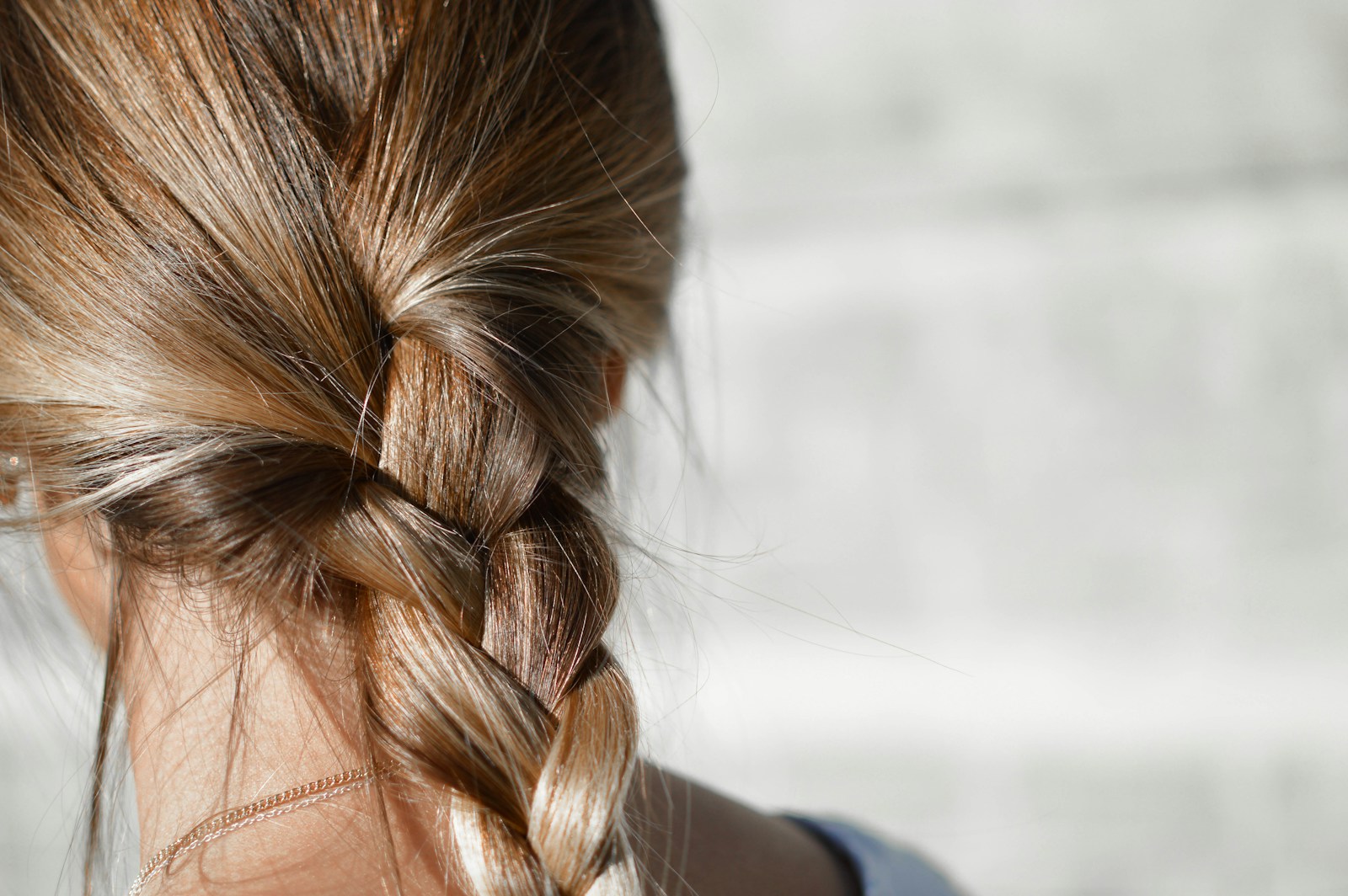
Haar

hair
In German, the word 'Haar' is used to refer to a single strand of hair or multiple strands collectively. It is a neuter noun, so when referring to one strand of hair, the article 'das' is used. For example, 'Das Haar ist lang' means 'The hair is long'. When referring to multiple strands, the plural form 'Haare' is used. For example, 'Meine Haare sind dunkel' means 'My hair is dark'.
Example sentences using: Haar
Mein Haar ist sehr lang.

My hair is very long.
This sentence is pretty straightforward. 'Mein' is possessive pronoun for 'my', 'Haar' is the noun for 'hair', 'ist' is the verb 'is' and 'sehr lang' means 'very long'.
Ich habe ein Haar in meiner Suppe gefunden.

I found a hair in my soup.
In this example, 'Ich' is the pronoun for 'I', 'habe' means 'have', 'ein' is 'a', 'Haar' translates to 'hair', 'in' is 'in', 'meiner' is 'my' and 'Suppe' is 'soup'. 'Gefunden' is a past participle meaning 'found'.
Das Hundehaar ist überall.

The dog hair is everywhere.
In this example, 'Das' is the article 'The', 'Hundehaar' is a compound noun formed from 'Hunde' meaning 'dog' and 'Haar' meaning 'hair'. 'Ist' is 'is', and 'überall' translates to 'everywhere'.